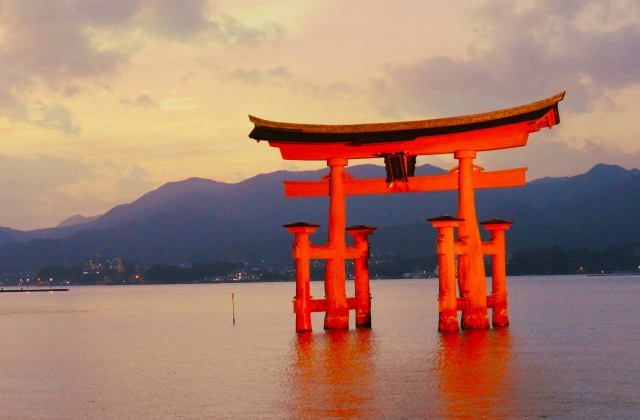

However, prior to seeking the kami’s blessings, practitioners are expected to make an offering, traditionally such things as food, sake or even a fine horse, but today more typically money. Once ritually cleansed, the Shinto practitioner approaches one or more kami, typically to offer a petitionary prayer. And in Judaism, a mikveh is a bath used for ritual immersion in order to achieve spiritual purity. Muslims meanwhile engage in the ritual cleansing of exposed body parts – hands, face and feet – prior to entering a mosque. Remnants of this Shinto practice can be seen in the use of ‘holy water’ upon entering a Roman Catholic church, or the partial and whole-body immersion during baptism, which is practised by nearly all Christian denominations. Shinto is, of course, not alone in viewing water as a spiritual cleansing agent. To be clean in body and mind is required prior to approaching Shinto deities known as kami. In both instances, flowing water is recognised not only as a physical cleansing agent but as a spiritual one as well. This is an abbreviated version of the full-body immersion that continues to be practised in Shinto, typically by standing under a waterfall. On entering a Shinto shrine area, the initial ritual practice is the cleansing of one’s hands and mouth.


The Taro Inari Shrine in the rice fields at Asakusa, by Kobayashi Kiyochika, 1877-1882. The latter was a 19th-century political programme created by the Japanese government to effect national unity and obedience by promoting the divinity of the emperor, a programme that existed right up until Japan’s defeat in the Second World War. However, today’s Shinto should not be confused with ‘State Shinto’ (or kokka-shintō in Japanese). Given this, as one of the world’s last still-flourishing animistic faiths, Shinto can provide a gateway to better understanding the origins of certain universal paradigms found in today’s organised religions.Ī Shinto shrine can reveal how remnants of ancient animistic practices, as embodied in contemporary Shinto, can survive in the organised religions of the contemporary world. For example, in the United States it was not until the American Indian Religious Freedom Act was passed in 1978 that indigenous peoples gained the legal right to practise their traditional animistic faiths. This belittling if not antagonistic attitude toward animism has been particularly strong among the Abrahamic faiths – Judaism, Christianity and Islam. Viewed from the standpoint of today’s organised religions, animistic religions can seem ‘primitive’ and are often dismissed as containing nothing more than superstitious beliefs and practices. As such, animism is considered to contain the oldest spiritual and supernatural perspectives in the world, dating back to the Palaeolithic Age when humans were still hunter-gatherers. Animism recognises the potential of all objects – animals, plants, rocks, rivers, weather-related phenomena, deceased human beings, even words – to be animated and alive, possessing distinctive spirits. The word animism is derived from anima in Latin, which literally means ‘breath’, with an extended meaning of ‘spirit’ or ‘soul’. Thus, we are left with Shinto as both a religion unique to Japan and an expression of the world’s oldest faith. After all, as any guidebook to Japan will tell you, Shinto is the traditional religion of Japan and only Japan, apart from a scattering of Shinto shrines in countries with large Japanese immigrant or expatriate populations.Īt the same time, Shinto is considered to be, at least in its origins, one expression of animism, the world’s oldest religion. To connect Shinto to any form of ‘universal religion’ would appear to be a fool’s errand.


 0 kommentar(er)
0 kommentar(er)
